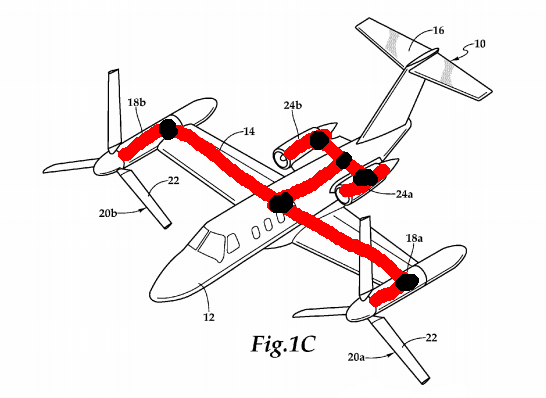FIG. 1A illustrates aircraft 10 in VTOL or helicopter flight mode, in which proprotor assemblies 20 a, 20 b are rotating in a substantially horizontal plane to provide a lifting thrust, such that aircraft 10 flies much like a conventional helicopter. In this configuration, engines 24 a, 24 b are operable in turboshaft mode wherein hot combustion gases in each engine 24 a, 24 b cause rotation of a power turbine coupled to an output shaft that is used to power the drive system coupled to the respective proprotor assemblies 20 a, 20 b. Thus, in this configuration, aircraft 10 is considered to be in a rotary flight mode. FIG. 1B illustrates aircraft 10 in proprotor forward flight mode, in which proprotor assemblies 20 a, 20 b are rotating in a substantially vertical plane to provide a forward thrust enabling wing 14 to provide a lifting force responsive to forward airspeed, such that aircraft 10 flies much like a conventional propeller driven aircraft. In this configuration, engines 24 a, 24 b are operable in the turboshaft mode and aircraft 10 is considered to be in the rotary flight mode.







